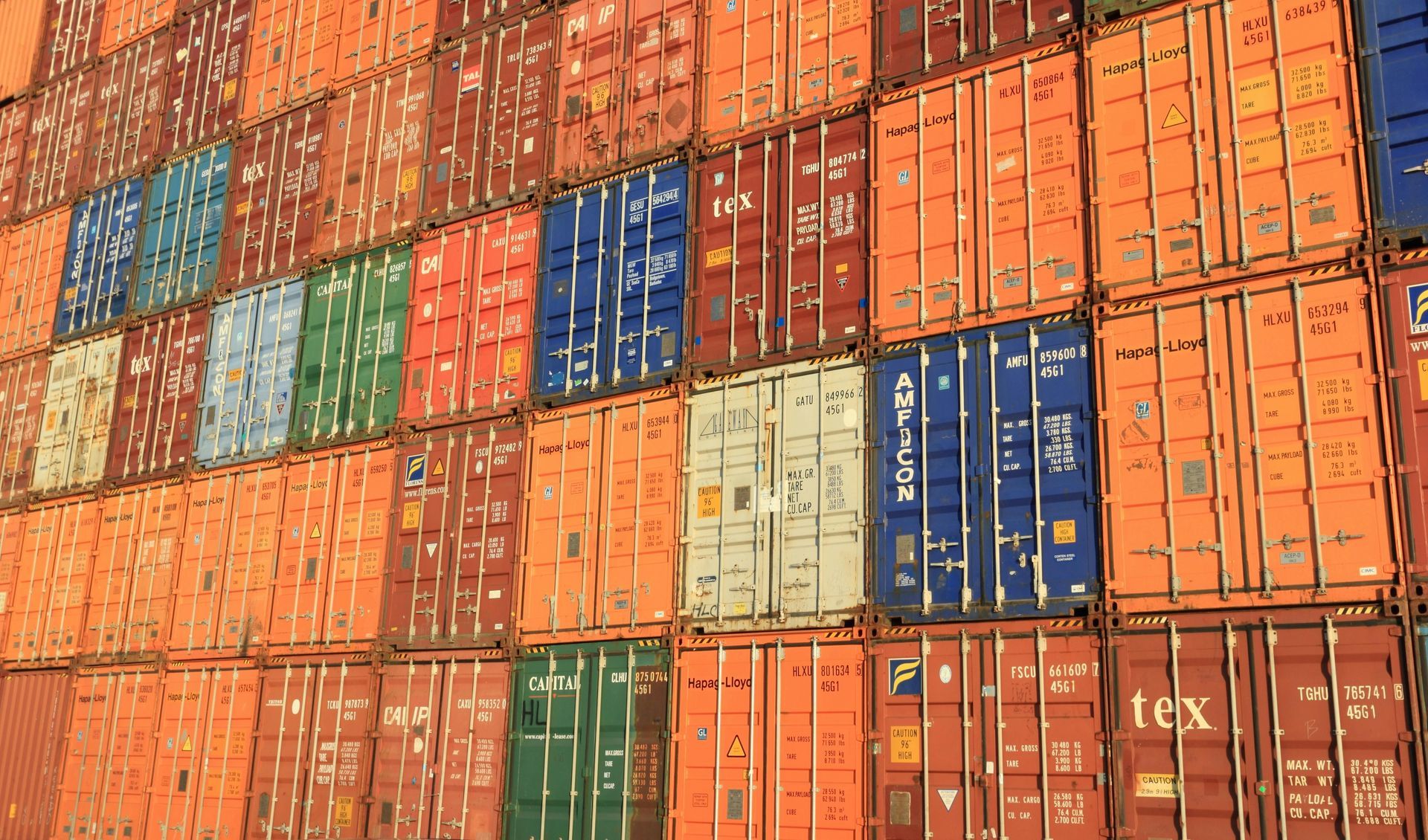By looka_production_81096935
•
June 27, 2025
In June 2020, Wirecard AG, once a celebrated German fintech company, collapsed after revealing that €1.9 billion was missing from its accounts, a sum that likely never existed. [1] This event marked one of Europe's most significant corporate frauds, highlighting critical lessons for SMEs and scale-ups about the importance of internal controls and independent audits. How The Fintech Giant Crumbled Under Scrutiny Founded in 1999, Wirecard grew rapidly to become a leading player in the digital payments industry. By 2018, it was valued at €22–24 billion and had secured a spot on Germany’s prestigious DAX 30 index. [2] Its share price soared from €17 in 2013 to a peak of €135 in 2018 [3] , reflecting strong investor confidence. Yet beneath this apparent success lay an intricate web of fraud. A series of investigations that took place between 2018 and 2020 revealed that Wirecard had been inflating its revenue and assets through fictitious transactions and non-existent cash balances. A significant portion of its reported profits from 2016 to 2018 could not be substantiated. [4] The Unfolding Scandal On June 18 th , 2020, Wirecard admitted that €1.9 billion (around a quarter of its total balance sheet) was missing [5] . This cash was supposedly held in trustee accounts in Asia, but auditors couldn’t verify its existence. The company quickly filed for insolvency, making it the first DAX 30 company to ever do so. [6] Wirecard’s share price collapsed by more than 98%, falling from over €100 to less than €2 within days. [7] CNBC reported an over 60% crash in share price immediately after the announcement. [8] On 26 June 2020, shares opened at €2.35, marking a 97% drop since news of the fraud broke. [9] The scandal exposed significant failures in corporate governance, audit, and regulatory oversight. Wirecard's long-time auditor, Ernst & Young (EY), faced criticism for not detecting the fraud earlier. A review found that EY's audit work was marred by "grave" and "repeated" violations of professional duties. [10] In 2023, Germany’s auditor supervisory authority APAS fined EY €500,000 and imposed a two-year ban from accepting new audit mandates for public interest entities in Germany. Lessons for SMEs and Scale-Ups The Wirecard collapse wasn’t just a corporate failure—it was a systemic breakdown. It reminds us that growth without guardrails is dangerous. Four key takeaways: Internal controls aren’t optional : Rapid expansion must be matched by rigorous internal systems. Weak oversight creates room for misconduct. Auditors must be truly independent : External audits are only as effective as they are objective. Independence, competence, and skepticism are non-negotiable. Transparency builds resilience : Clear, consistent financial reporting isn’t just good practice—it’s a defense against deception and a signal to investors that management can be trusted. Regulators matter : When enforcement lags behind innovation, bad actors find loopholes. Robust regulatory frameworks must evolve with the market. Tools SMEs Can Use to Prevent Similar Failures Wirecard Was a Giant. The Lesson Applies to Everyone. Wirecard’s implosion wasn’t just about fraud—it was about systems that didn’t ask hard questions until it was too late. Most SMEs won’t make headlines if things go wrong, but the consequences can still be existential. The good news: the right tools exist, and they’re no longer out of reach. Start with clean, real-time data. Cloud platforms like Xero, QuickBooks, and Zoho Books give you instant visibility into your numbers. Audit trails and automated reconciliations aren’t just for show—they’re your first line of defence. Control spending before it spirals. Ramp, Spendesk, ApprovalMax—these tools let you build in approvals and set boundaries, even in small teams. Governance doesn’t need to mean bureaucracy. Get a second opinion. Virtual CFO services like Pilot offer monthly reviews and external oversight without the overhead of a full finance team. It’s the kind of objective input that catches issues early. Stay on top of risk. Vanta, LogicGate, BoardPro—they make it easier to manage compliance, prepare for audits, and keep your board in the loop. Governance doesn’t need to be complicated, but it does need to exist. Track what matters. Dashboards from Fathom, LivePlan, and Jirav help you keep an eye on burn, liabilities, and cash flow. Not every red flag is obvious—until it is. Wirecard wasn’t lacking in resources—it was lacking in rigour. That’s the part every growing business should pay attention to. It’s not about playing it safe. It’s about building something that can stand up to scrutiny. Sources: [1] https://www.straitstimes.com/business/banking/wirecard-whistleblower-tipped-german-watchdog-in-early-2019 [2] https://www.reprisk.com/insights/case-studies/wirecard [3] https://leap.luiss.it/wp-content/uploads/2022/09/WP5.21-The-Wirecard-scandal-and-the-role-of-Bafin.pdf [4] https://www.wirecard.com/uploads/Bericht_Sonderpruefung_KPMG_EN_200501_Disclaimer.pdf [5] https://www.bbc.com/news/business-53132953 [6] https://leap.luiss.it/wp-content/uploads/2022/09/WP5.21-The-Wirecard-scandal-and-the-role-of-Bafin.pdf [7] https://www.aidf.nus.edu.sg/wp-content/uploads/2021/05/Wirecard-The-Rise-and-Fall-of-a-Fintech-Giant-in-Asia-BT.pdf [8] https://www.cnbc.com/2020/06/18/wirecard-shares-plummet-as-payments-firm-postpones-annual-report.html [9] https://www.ig.com/sg/news-and-trade-ideas/how-wirecard-erased-nearly-all-of-its-market-cap-in-one-week-200626 [10] https://www.mcmillanwoods.com/2024/04/16/german-watchdog-finds-eys-wirecard-audits-grossly-negligent/



